Ceramic tile flooring is a timeless and versatile option that has been popular for centuries. With its durability, easy maintenance, and endless design possibilities, ceramic tile flooring has become a staple in homes and businesses around the world. In this comprehensive guide, we will explore the pros and cons of ceramic tile flooring, as well as provide design ideas to help you make the most of this classic flooring choice. Pros of Ceramic Tile Flooring 1. Durability: One of the main advantages of ceramic tile flooring is its durability. Ceramic tiles are made from natural materials like clay, sand, and water, which are fired at high temperatures to create a hard, dense surface. This results in a flooring option that can withstand heavy foot traffic, moisture, and wear and tear, making it ideal for high-traffic areas like kitchens and bathrooms.
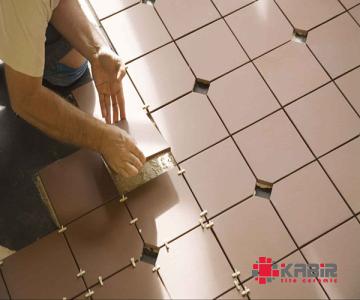
.
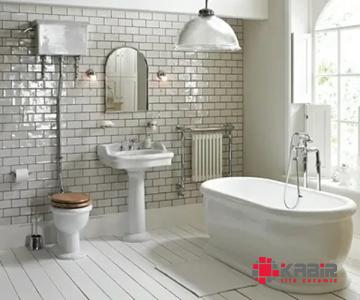 2. Easy Maintenance: Ceramic tile flooring is easy to clean and maintain, making it a practical choice for busy households. Spills and stains can be easily wiped away with a damp cloth or mopped up with a mild detergent, and regular sweeping or vacuuming will keep the tiles looking like new. With proper care, ceramic tile flooring can last for decades without losing its beauty or functionality. 3. Design Versatility: Ceramic tiles come in a wide range of colors, sizes, shapes, and patterns, allowing for endless design possibilities. Whether you prefer a sleek and modern look or a more traditional and rustic style, there is a ceramic tile option to suit your taste. From subway tiles to mosaic patterns, you can customize your flooring to reflect your personal style and enhance the overall aesthetic of your space.
2. Easy Maintenance: Ceramic tile flooring is easy to clean and maintain, making it a practical choice for busy households. Spills and stains can be easily wiped away with a damp cloth or mopped up with a mild detergent, and regular sweeping or vacuuming will keep the tiles looking like new. With proper care, ceramic tile flooring can last for decades without losing its beauty or functionality. 3. Design Versatility: Ceramic tiles come in a wide range of colors, sizes, shapes, and patterns, allowing for endless design possibilities. Whether you prefer a sleek and modern look or a more traditional and rustic style, there is a ceramic tile option to suit your taste. From subway tiles to mosaic patterns, you can customize your flooring to reflect your personal style and enhance the overall aesthetic of your space.
..
4. Cost-Effective: Compared to other flooring options like hardwood or natural stone, ceramic tile flooring is a cost-effective choice. While prices can vary depending on the quality and design of the tiles, ceramic tiles are generally more affordable than their counterparts. Additionally, the longevity of ceramic tile flooring means that you won’t have to replace it as frequently, saving you money in the long run. Cons of Ceramic Tile Flooring 1. Cold and Hard: One of the drawbacks of ceramic tile flooring is that it can feel cold and hard underfoot, especially in colder climates. While area rugs and underfloor heating systems can help to alleviate this issue, some people may find ceramic tiles uncomfortable to walk on, particularly in areas where they spend a lot of time standing, such as the kitchen. 2. Susceptible to Cracking: Although ceramic tile flooring is durable, it is not immune to cracking. Heavy objects dropped on the tiles or sharp impacts can cause them to crack or chip, requiring repairs or replacements. Proper installation by trained professionals can help minimize the risk of cracking, but it is important to handle ceramic tiles with care to avoid damage. 3. Grout Maintenance: The grout lines between ceramic tiles can be a breeding ground for dirt, grime, and mold if not properly sealed and maintained. Keeping grout clean and well-sealed is essential to prevent staining and water damage, which can compromise the integrity of the tiles. Regular cleaning and resealing of grout are necessary tasks that need to be included in the maintenance routine of ceramic tile flooring.
…
4. Installation Challenges: While ceramic tile flooring can be a DIY-friendly project for experienced homeowners, professional installation is recommended for larger or more complex jobs. Improper installation can lead to uneven tiles, cracked grout, or other issues that may detract from the overall appearance and longevity of the flooring. Hiring a skilled installer ensures that your ceramic tile flooring is properly laid and finished for optimal performance. Design Ideas for Ceramic Tile Flooring 1. Wood-Look Tiles: For a natural and warm aesthetic without the maintenance requirements of real wood flooring, consider wood-look ceramic tiles. These tiles mimic the look of hardwood flooring with the durability and moisture resistance of ceramic, creating a versatile and stylish flooring option for any room in your home. 2. Geometric Patterns: Make a bold statement with geometric patterned ceramic tiles. From hexagons to chevrons to arabesque shapes, geometric tiles add visual interest and personality to any space. Mix and match different patterns and colors to create a custom look that enhances the overall design of your room. 3. Subway Tiles: Classic yet versatile, subway tiles are a timeless choice for kitchens, bathrooms, and backsplashes. These rectangular tiles can be laid in a traditional brick pattern or arranged in a herringbone or vertical stack for a modern twist. With a wide range of colors and finishes available, subway tiles offer endless design possibilities. 4. Mosaic Accents: Add a touch of artistry to your ceramic tile flooring with mosaic tile accents. Whether used as a border, medallion, or feature wall, mosaic tiles create a focal point that adds personality and charm to your space. Choose from glass, ceramic, or porcelain mosaic tiles in a variety of colors and designs to elevate the design of your room.
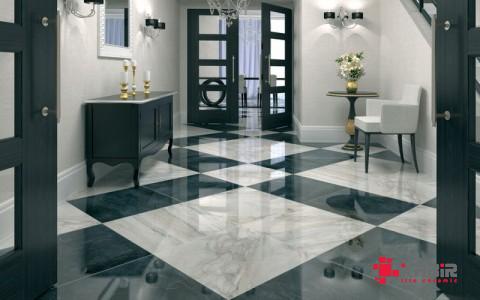
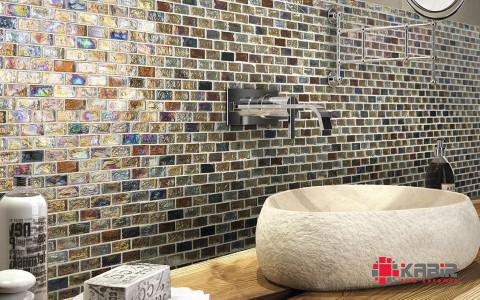
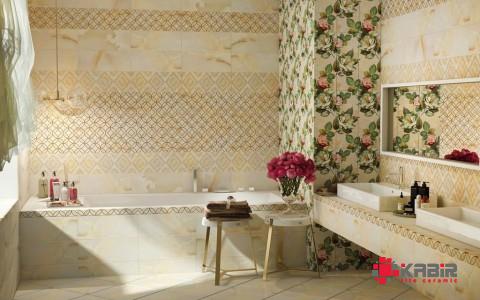
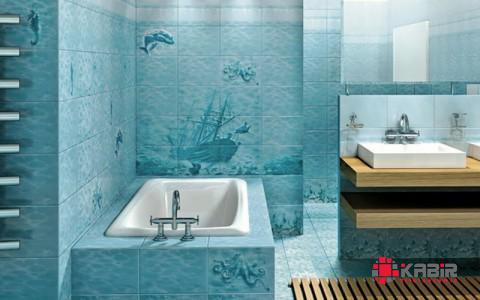
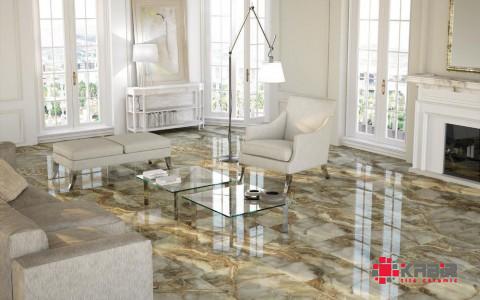
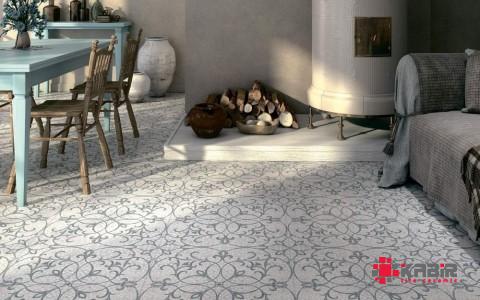
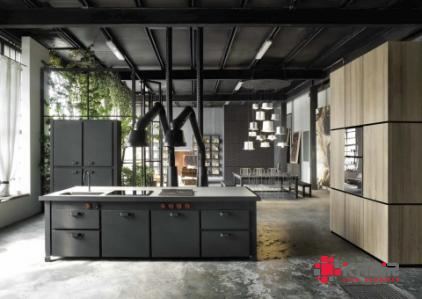
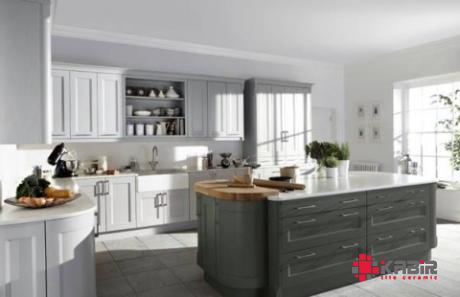
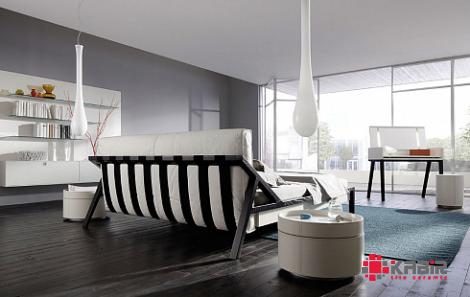
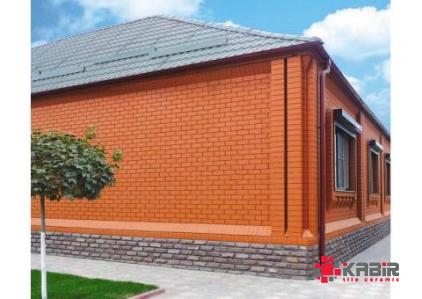
Your comment submitted.